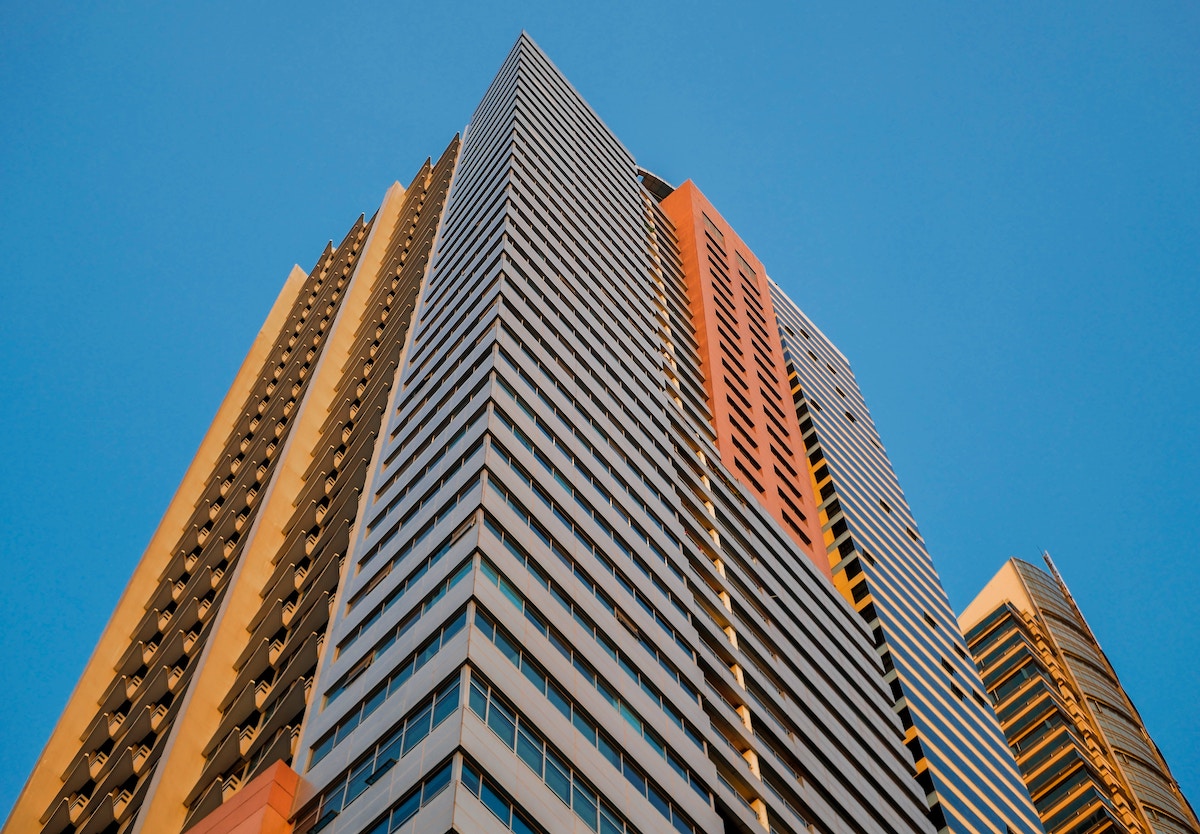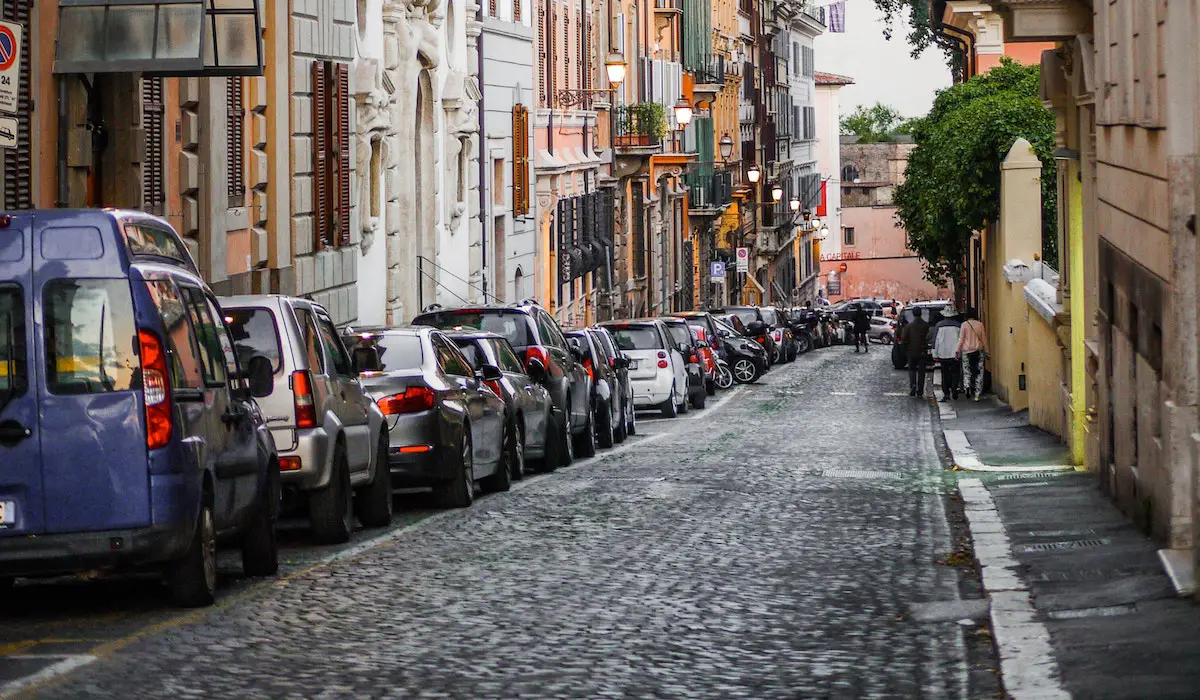Distilleries, Over-Tourism and the Theme Park City in Edinburgh
Tourism is a big deal for Scotland. In 2015, 5% of the country’s GDP was produced through tourism, and 8.5% of employment was supported by it. Between the second quarter of 2017 and the first quarter of 2018, 3.4 million overseas tourists and 12 million tourists from the rest of the UK visited the country.
For Scotland, much of this tourism focus has been on the capital city of Edinburgh. Though not the largest city – that mantle goes to Glasgow – 63% of overseas visitors’ overnight trips and 45% of spending occurred in Edinburgh in 2017.
While this brings economic benefits to the city, recent focus has been on the city’s ability to withstand the impact of tourist numbers.
A CNN report in July 2019 called Edinburgh an ‘overtourism hotspot,’ listing the city along with Amsterdam, Rome and Venice as a European destination that ‘can no longer cope with its own popularity.’ Opinion pieces in the local and national press regularly criticise the city for turning into a theme park motivated primarily by the tourist experience.
Though strategic efforts are underway by local and national bodies, including the Edinburgh Tourism Action Group, to disperse visitors across the city and country, local developments in the built environment suggest that the urban tourism experience is only going to increase in prominence, with a strong emphasis on a sector that Scotland is famous for worldwide: spirits.
Food and drink is the best performing industry in Scotland, worth £14 billion. Between 2016 and 2017, visits to whisky distilleries increased by 11%, with spend up by 45%, primarily driven by overseas tourists.
Accountants the UHY Hacker Young Group attribute this to ‘a global trend among consumers to spend money on prestige drinks rather than ubiquitous globalised drinks brands,’ and the Scotland Food and Drink body suggests that urbanisation has resulted in ‘sophisticated consumers keen on provenance and quality.’ Whatever the reason, entrepreneurs in Edinburgh have seen the economic opportunity of urban tourism, with multiple new spirits-based experiences expected to crop up on the city’s streets in the next few years.
Johnnie Walker Experience

Established in Glasgow in 1849, the iconic Scottish brand House of Fraser has, like many other high street stores, been facing challenging economic realities recently. Two months after closing their flagship store on Edinburgh’s renowned Princes Street, alcoholic beverages company Diageo was revealed to be in discussions for a change of use application to turn the building into a ‘multi-level Johnnie Walker whisky experience’ – essentially, a visitor centre about whisky – expecting to attract 1.7 million visitors each year. The city council swiftly approved the changed use and, after completing its extensive refurbishment, the experience is expected to open to the public by the end of 2020.
Edinburgh Gin

A similar development is underway in the city’s Old Town, with Scottish company Ian Macleod Distillers planning a functioning distillery and visitor centre on a city centre plot for their Edinburgh Gin brand. Unlike Diageo’s project, this new-build means that no iconic department store chains are expected to be hurt during its development. Smaller in scale than the Johnnie Walker Experience, the company still expects to receive 100,000 visitors each year.
The Port of Leith Distillery

Though not in the city centre, the upcoming Port of Leith Distillery is close to Scotland’s most visited tourist destination – the Royal Yacht Britannia (pictured above) which was famously in service between 1954 and 1997 as the Queen’s yacht. The small site means the distilling process will be a vertical one, with grain processes happening at the top, followed by fermentation, and then distillation at the bottom. Naturally, there will be plenty of space for tens of thousands of visitors per year, through a shop, bar, visitor centre and events space.
The economic reality of growth in tourism in Edinburgh, combined with the desire of visitors to engage in Scotland’s food and drink heritage, means projects like these are fairly inevitable. It is also quite fitting for Edinburgh – a city with a vibrant and entrepreneurial food and drink sector, backed up by industry bodies and a supportive city council. Many will consider these developments to be further evidence of the increasing dominance of tourism in the city, and they would not be wrong. But the viability of the development of these visitor centres is about more than the economics of tourism. Changing consumer trends and challenging economic realities for retailers have affected the way locals shop and spend, opening the door to other business models as a result.
Images: Ross Sneddon, Diageo, Edinburgh Gin, Port of Leith


